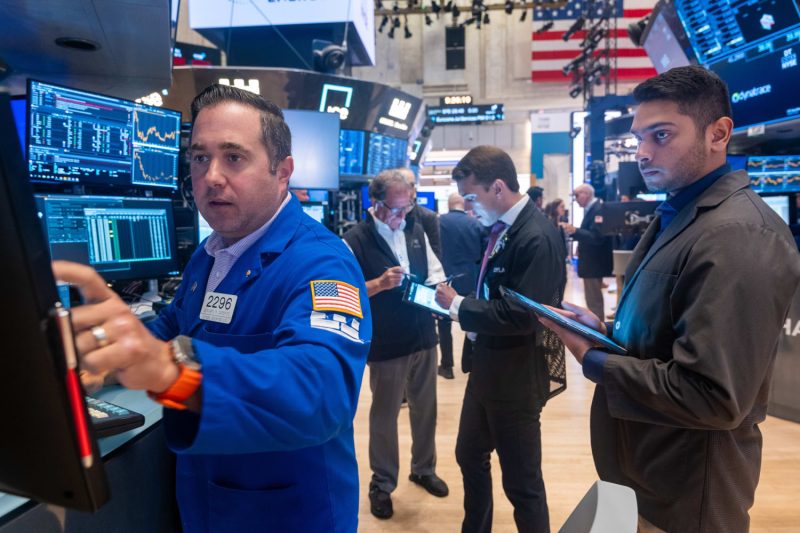The recent close of the U.S. markets saw a sharp decline, raising concerns among investors and economists alike. However, amidst the red numbers and fluctuating trends, some experts remain optimistic about the underlying stability of the economy. The global economic landscape has been subject to various challenges and uncertainties, but there are indications that suggest a more balanced perspective on the situation.
One key aspect that economists have been emphasizing is the resilience of the U.S. economy to geopolitical tensions and external shocks. While market volatility can lead to sudden downturns, the fundamentals of the economy continue to show signs of strength and growth. This resilience stems from various factors, including robust consumer spending, a relatively healthy labor market, and steady GDP growth.
Consumer spending, which accounts for a significant portion of the U.S. economy, has remained consistently strong in recent months. This trend indicates that consumers are confident in their financial situations and are willing to spend, ultimately driving economic activity. Additionally, the labor market has shown remarkable stability, with low unemployment rates and steady job creation across different sectors. These factors contribute to a positive outlook for the economy’s future performance.
Furthermore, GDP growth, a key indicator of economic health, has been relatively stable despite the occasional market fluctuations. The U.S. economy has shown resilience in the face of global challenges, maintaining a steady growth trajectory. This consistent growth is a reflection of the underlying strength and diversity of the economy, which is not easily swayed by short-term market movements.
Another crucial factor contributing to the perceived stability of the economy is the proactive measures taken by policymakers and central banks. Policymakers have demonstrated a commitment to supporting economic growth through measures such as fiscal stimulus and accommodative monetary policies. These interventions help mitigate risks and provide a cushion against external shocks, thereby contributing to overall stability.
It is essential to recognize that market fluctuations are a natural part of the economic cycle, and occasional downturns do not necessarily indicate a broader crisis. While it is crucial to monitor market trends and indicators closely, it is equally important to consider the underlying fundamentals of the economy. The ability of the U.S. economy to weather challenges and maintain stability underscores its resilience and capacity for growth.
In conclusion, while the recent decline in U.S. markets may have raised concerns, a more comprehensive assessment reveals a picture of underlying stability and resilience. Robust consumer spending, a healthy labor market, steady GDP growth, and proactive policy measures all contribute to a positive outlook for the economy. By focusing on these fundamentals and recognizing the economy’s intrinsic strength, investors and policymakers can navigate market uncertainties with greater confidence.

